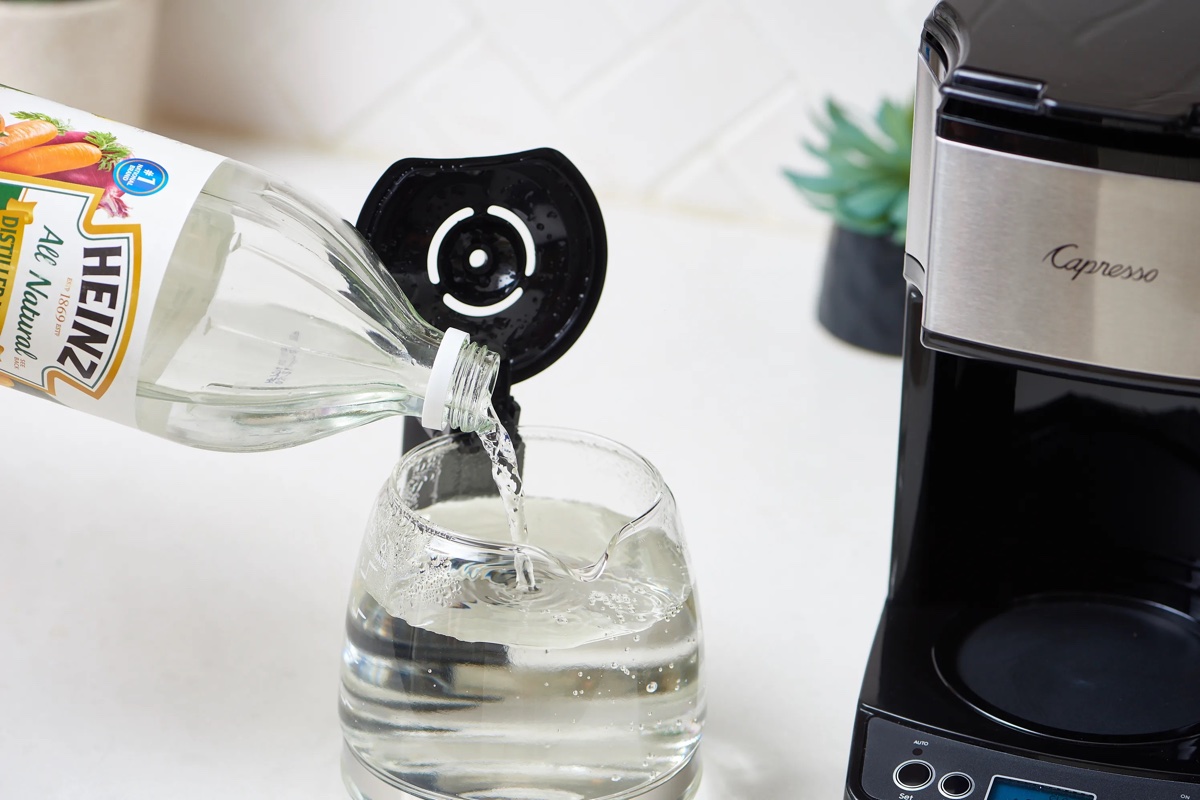

Articles
How Often Descale Coffee Machine
Modified: October 19, 2024
Learn how often you should descale your coffee machine. Read our articles for expert tips and recommendations to keep your machine clean and running smoothly.
(Many of the links in this article redirect to a specific reviewed product. Your purchase of these products through affiliate links helps to generate commission for Storables.com, at no extra cost. Learn more)
Introduction
Welcome to this guide on how often you should descale your coffee machine. If you’re a coffee lover like me, you probably rely on your coffee machine to brew the perfect cup of joe every morning. However, over time, mineral deposits from your water source can build up inside your coffee machine. This can affect the performance and taste of your coffee, leading to a less satisfying brewing experience. Descaling is the process of removing these mineral deposits to keep your coffee machine in top condition.
Descaling is an essential maintenance task that should be performed regularly to ensure the longevity and optimal functioning of your coffee machine. In this article, we’ll delve into why descaling is important, how to spot if your machine needs descaling, and most importantly, how often you should perform this crucial task.
Key Takeaways:
- Regular descaling every 3-6 months maintains coffee flavor, machine performance, and lifespan. Factors like water hardness and usage frequency affect descaling frequency, so pay attention to signs of scaling and follow manufacturer recommendations.
- Effective descaling involves using quality descaling solutions, following manufacturer instructions, and maintaining regular cleaning practices. Avoid common descaling mistakes like using the wrong solution and skipping regular descaling to ensure optimal coffee machine performance and longevity.
Read more: How To Descale A Delonghi Coffee Machine
Why is descaling important?
Descaling is crucial for the proper functioning of your coffee machine. Over time, mineral deposits like calcium and limescale can accumulate inside the machine. These deposits not only affect the taste and quality of your coffee, but they can also hinder the performance and lifespan of your coffee machine.
Here are a few key reasons why descaling is important:
- Maintains the taste of your coffee: Mineral deposits can alter the taste of your brewed coffee, making it bitter or unpleasant. Descaling helps remove these deposits and restores the flavor and aroma of your coffee to its original state.
- Improves performance: Over time, mineral buildup can clog the internal components of your coffee machine, such as the heating element and water lines. This can result in slower brewing times, uneven extraction, and even machine malfunctions. Descaling ensures proper water flow and efficient heating, leading to consistent performance.
- Prolongs the lifespan of your machine: Regular descaling helps to prevent the accumulation of mineral deposits, which can cause corrosion and damage to the internal components of your coffee machine. By keeping your machine clean, you can extend its lifespan and avoid costly repairs or replacements.
- Maintains coffee quality: Descaling not only benefits your coffee machine but also ensures the quality of your coffee beans. When your machine is free from mineral deposits, it can extract the full flavor and richness from the coffee beans, resulting in a more enjoyable cup of coffee.
Overall, descaling is an essential maintenance task that preserves the taste, performance, and lifespan of your coffee machine, allowing you to enjoy delicious cups of coffee for years to come.
Signs that your coffee machine needs descaling
It’s important to keep an eye out for signs that indicate your coffee machine is due for descaling. While the frequency of descaling can vary depending on factors like water hardness and usage, these signs can serve as a general guideline to determine when it’s time to descale:
- Change in water flow: If you notice a slower or weaker water flow during the brewing process, it could be an indication of mineral buildup. The mineral deposits can clog the internal pipes and affect the water flow, resulting in a weaker extraction and longer brewing times.
- Change in taste: If your coffee starts to taste bitter, metallic, or slightly off, it may be a sign that mineral deposits are affecting the flavor. Descaling can help remove these deposits and restore the true taste of your coffee.
- Buildup on the machine surface: Look out for any visible signs of mineral deposits around the water reservoir, coffee basket, or other parts of your coffee machine. Scale buildup can appear as white or brownish stains, indicating the need for descaling.
- Machine performance issues: If your coffee machine is experiencing frequent malfunctions or inconsistent brewing cycles, it could be due to mineral deposits obstructing the internal mechanisms. Descaling can help resolve these performance issues and ensure smooth and reliable operation.
- Steam or water leakage: Mineral buildup can cause blockages or damage to the seals and valves of your coffee machine, leading to steam or water leakage. If you notice any leaks during operation, it’s a clear sign that descaling is necessary to prevent further damage.
Keep in mind that these signs may vary depending on the specific model and brand of your coffee machine. Therefore, it’s essential to refer to your machine’s manual for any manufacturer-specific indicators that suggest the need for descaling.
If you notice any of these signs, it’s time to descale your coffee machine to keep it running smoothly and ensure the best possible coffee flavor and quality.
How often should you descale your coffee machine?
The frequency of descaling your coffee machine depends on various factors, such as the level of water hardness in your area, the type of coffee machine you own, and how frequently you use it. However, as a general guideline, it is recommended to descale your coffee machine every three to six months.
Water hardness refers to the mineral content in your water supply, primarily calcium and magnesium. The harder the water, the higher the mineral concentration, and the more frequently you will need to descale your coffee machine. If you live in an area with very hard water, you may need to descale more often, perhaps every two to three months.
Another factor to consider is your coffee machine’s usage. If you use your machine heavily, brewing multiple cups of coffee every day, it will accumulate mineral deposits more quickly. In such cases, you may need to descale more frequently, perhaps every two to three months, to ensure optimal performance.
It’s important to note that many modern coffee machines have built-in descaling indicators or programmable descaling cycles. These indicators can monitor the usage and water hardness levels to provide you with timely reminders for descaling. Therefore, it’s a good practice to follow the recommendations provided by your coffee machine manufacturer.
Additionally, if you notice any of the signs mentioned earlier, such as changes in water flow, taste, or machine performance issues, it’s a clear indication that your coffee machine requires immediate descaling, regardless of the regular descaling schedule.
Remember, regular descaling is essential to keep your coffee machine in top condition and ensure the best possible coffee flavor and brewing experience. By maintaining a consistent descaling routine, you can prolong the lifespan of your machine and prevent performance issues caused by mineral buildup.
Factors that affect the frequency of descaling
The frequency at which you should descale your coffee machine can vary based on several factors. By considering these factors, you can determine how often you need to perform the descaling process to keep your machine in optimal condition. Here are the key factors that affect the frequency of descaling:
- Water hardness: The mineral content in your water supply, commonly referred to as water hardness, plays a significant role in the formation of mineral deposits. Hard water contains higher concentrations of minerals like calcium and magnesium, which can accumulate more quickly inside your coffee machine. If you live in an area with hard water, you will likely need to descale your machine more often, possibly every two to three months.
- Coffee machine usage: The frequency and amount of usage greatly influence how quickly mineral deposits accumulate. If you use your coffee machine daily and brew multiple cups of coffee, it will experience more exposure to water and a higher buildup of minerals. As a result, more frequent descaling may be necessary, typically every three to four months.
- Coffee machine type: Different types of coffee machines may require different descaling frequencies. For example, espresso machines with built-in steam systems and intricate components may be more prone to mineral buildup. These machines often require more frequent descaling, around every two to three months. On the other hand, drip coffee makers or pod-based machines may need descaling every four to six months.
- Water filtration: If you have a coffee machine equipped with a water filter, it can help reduce the buildup of mineral deposits. The filter removes impurities from the water, including some minerals responsible for scale formation. Using a water filter can prolong the time between descaling cycles, but it’s still important to monitor signs of scaling and perform descaling as needed.
- Manufacturer instructions: It’s crucial to refer to the manufacturer’s guidelines for your specific coffee machine model and follow their recommended descaling schedule. Each manufacturer may have different recommendations based on the design and functionality of their machines.
It’s important to note that these factors interact with each other, and the descaling frequency may be a combination of their effects. You may need to adjust the frequency based on your specific circumstances, such as water hardness, machine usage, and manufacturer recommendations. Ultimately, observing the signs of scaling and maintaining a regular descaling routine will help keep your coffee machine in optimal condition and ensure the best-tasting coffee.
Descale your coffee machine every 1-3 months, depending on usage. Use a descaling solution or a mixture of water and vinegar to remove mineral buildup and keep your machine running smoothly.
Read more: How To Descale Philips Coffee Machine
Step-by-step guide to descaling your coffee machine
Descaling your coffee machine is a straightforward process that requires a few basic tools and descaling solution. Here is a step-by-step guide to help you effectively descale your coffee machine:
- Read the manufacturer’s instructions: Start by familiarizing yourself with the descaling instructions provided by the manufacturer of your coffee machine. Each model may have specific recommendations or variations in the descaling process, so it’s important to follow their instructions.
- Gather the necessary supplies: You will need a descaling solution specifically designed for coffee machines. These solutions are available at most home appliance or specialty stores. Additionally, make sure to have a measuring cup, clean water, and a microfiber cloth or sponge ready for the descaling process.
- Prepare your coffee machine: Empty the water reservoir and remove any coffee grounds or pods from your machine. If your machine has a water filter, remove it before starting the descaling process.
- Mix the descaling solution: Follow the instructions on the descaling solution packaging to determine the appropriate amount of solution to add to the water reservoir. Typically, a ratio of one part descaling solution to one part water is recommended. Use the measuring cup to ensure accurate measurements.
- Start the descaling cycle: Place a clean container, such as a coffee pot or a large bowl, under the coffee machine’s brew head or spout to collect the descaling solution. Begin the descaling cycle as per your machine’s instructions. This might involve pressing a specific combination of buttons or activating a descaling mode.
- Allow the solution to run through the machine: Let the descaling solution work its magic as it flows through the coffee machine. The acidic solution will effectively dissolve the mineral deposits and clean the internal components of the machine. For optimal results, follow the recommended descaling cycle duration specified by your machine’s manufacturer.
- Rinse the machine: After the descaling cycle is complete, empty the container of the used descaling solution. Rinse the water reservoir thoroughly with clean water to remove any residue or traces of the descaling solution. You may need to repeat this rinsing process a few times to ensure the removal of all the solution.
- Wipe down the exterior: Use a damp microfiber cloth or sponge to wipe down the exterior of your coffee machine. This will remove any residue or splatters that may have occurred during the descaling process, leaving your machine sparkling clean.
- Prime and flush the machine: Fill the water reservoir with fresh water and run a few cycles without any coffee or pods to flush out any remaining traces of the descaling solution. This will ensure that your machine is ready for brewing delicious coffee.
- Replace the filter (if applicable): If your coffee machine has a water filter, replace it according to the manufacturer’s instructions. Regularly changing the filter will help maintain the quality of your coffee and prolong the time between descaling cycles.
That’s it! By following these steps, you can effectively descale your coffee machine, remove mineral deposits, and ensure its optimal performance and longevity. Remember to consult your machine’s manual and follow any specific instructions provided by the manufacturer for the best results.
Tips and tricks for effective descaling
When descaling your coffee machine, following a few tips and tricks can make the process more effective and ensure optimal results. Here are some handy tips to keep in mind:
- Use a quality descaling solution: Invest in a high-quality descaling solution that is specifically designed for coffee machines. Avoid using vinegar or other household cleaning agents, as they may not be as effective and can leave behind odors or residues.
- Read the manufacturer’s instructions: Always refer to the descaling instructions provided by the manufacturer of your coffee machine. This will ensure that you follow the appropriate steps and use the recommended products for your specific model.
- Follow the recommended descaling frequency: Stick to a regular descaling schedule based on the guidelines provided by the manufacturer. Consistency is key to prevent mineral buildup and maintain the performance of your coffee machine.
- Use filtered water: If possible, fill your coffee machine’s water reservoir with filtered water. This can help reduce the mineral content and prolong the time between descaling cycles. Additionally, it improves the taste of your coffee.
- Ensure thorough rinsing: After the descaling process, make sure to rinse the water reservoir, brew head, and any other parts thoroughly with clean water. This will help remove any traces of the descaling solution and prevent it from interfering with the flavor of your brewed coffee.
- Clean other removable parts: Take the time to clean other removable parts of your coffee machine, such as the filter basket, brew group, and drip tray. Refer to the machine’s manual for specific cleaning instructions for these components.
- Maintain regular cleaning practices: Descaling is an important part of coffee machine maintenance, but it’s not the only aspect. Regularly clean your machine by wiping down the exterior, cleaning the coffee residue, and descaling the group handles, if applicable.
- Monitor water hardness: Keep an eye on the water hardness level in your area. If you notice a change in the water hardness or experience increased mineral buildup, you may need to adjust the descaling frequency accordingly.
- Perform a trial run: After descaling, run a couple of brewing cycles with just water to ensure that any remaining descaling solution is completely flushed out, and there are no lingering tastes or odors.
- Keep a descaling record: Consider keeping a record of your descaling dates and any notable observations. This will help you establish a maintenance routine and determine if any adjustments are needed.
By following these tips, you can maintain the cleanliness and functionality of your coffee machine and ensure that your brewed coffee always tastes its best. Remember, a well-maintained machine leads to a better brewing experience.
Common descaling mistakes to avoid
Descaling your coffee machine is an important maintenance task, but it’s crucial to avoid common mistakes that can hinder the effectiveness of the process or damage your machine. Here are some common descaling mistakes to avoid:
- Using the wrong descaling solution: Using a descaling solution that is not specifically designed for coffee machines can result in ineffective descaling or damage to the internal components. Always choose a descaling solution recommended by the manufacturer of your machine.
- Not following the manufacturer’s instructions: Each coffee machine may have specific descaling instructions provided by the manufacturer. Failure to follow these instructions can lead to improper descaling or even void the warranty. Take the time to read and understand the instructions thoroughly.
- Skipping regular descaling: Neglecting regular descaling can cause mineral deposits to build up and impair the performance of your coffee machine. Stick to a consistent descaling schedule based on your machine’s recommendations and water hardness level.
- Not rinsing thoroughly: After the descaling process, it’s crucial to rinse all the parts, including the water reservoir, thoroughly with clean water. Failing to do so can leave traces of the descaling solution, affecting the taste of your brewed coffee.
- Forgetting to clean other components: Descaling is important, but it’s not the only cleaning task for your coffee machine. Remember to clean other removable parts, such as the filter basket, brew group, and drip tray, as recommended by the manufacturer.
- Using excessive force to remove mineral deposits: Scrubbing or scraping mineral deposits with excessive force can cause damage to the delicate internal parts of your coffee machine. When descaling, always follow the recommended process and avoid using abrasive materials or tools.
- Skipping the post-descale flushing process: After descaling, it’s crucial to flush out any remaining descaling solution by running a few brewing cycles with just water. This step ensures that no traces of the cleaning solution are left behind and prevents any interference with the flavor of your brewed coffee.
- Using vinegar as a descaling solution: While vinegar is often recommended as a natural cleaning agent, it is not suitable for descaling coffee machines. Vinegar can leave behind odors and residues that affect the taste of your coffee, and it may not effectively remove mineral deposits.
- Ignoring signs of scaling: It’s important to pay attention to signs that indicate your coffee machine needs descaling, such as changes in water flow, taste, or machine performance. Ignoring these signs can lead to more severe scaling issues and damage to your machine.
- Overlooking regular machine cleaning: Descaling is crucial, but regular cleaning practices are equally important to maintain your coffee machine’s cleanliness and functionality. Don’t forget to wipe down the exterior, clean the coffee residue, and descale any group handles, if applicable.
By avoiding these common descaling mistakes, you can ensure that the descaling process is effective, your coffee machine remains in optimal condition, and you continue to enjoy delicious cups of coffee for years to come.
Conclusion
Descaling your coffee machine is a vital maintenance task that should not be overlooked. Regular descaling helps to remove mineral deposits and ensure the optimal performance and longevity of your coffee machine. By following the guidelines provided in this article, you can effectively descale your coffee machine and maintain the quality of your brewed coffee.
Remember to consider factors such as water hardness, machine usage, and manufacturer recommendations to determine how often you should descale your coffee machine. Keep an eye out for signs that indicate scaling, such as changes in water flow, taste, or machine performance, and address them promptly to prevent further complications.
During the descaling process, make sure to use a high-quality descaling solution that is specifically designed for coffee machines. Follow the manufacturer’s instructions and thoroughly rinse all the parts to remove any traces of the descaling solution.
In addition, maintaining regular cleaning practices, using filtered water, and following proper machine care guidelines will contribute to the overall cleanliness and functionality of your coffee machine.
By avoiding common descaling mistakes and adhering to a consistent descaling schedule, you’ll not only enjoy the full flavor and aroma of your brewed coffee but also prolong the lifespan of your coffee machine.
So, take the time to give your coffee machine the care it deserves through regular descaling. Your taste buds will thank you every time you savor a perfectly brewed cup of coffee!
Frequently Asked Questions about How Often Descale Coffee Machine
Was this page helpful?
At Storables.com, we guarantee accurate and reliable information. Our content, validated by Expert Board Contributors, is crafted following stringent Editorial Policies. We're committed to providing you with well-researched, expert-backed insights for all your informational needs.
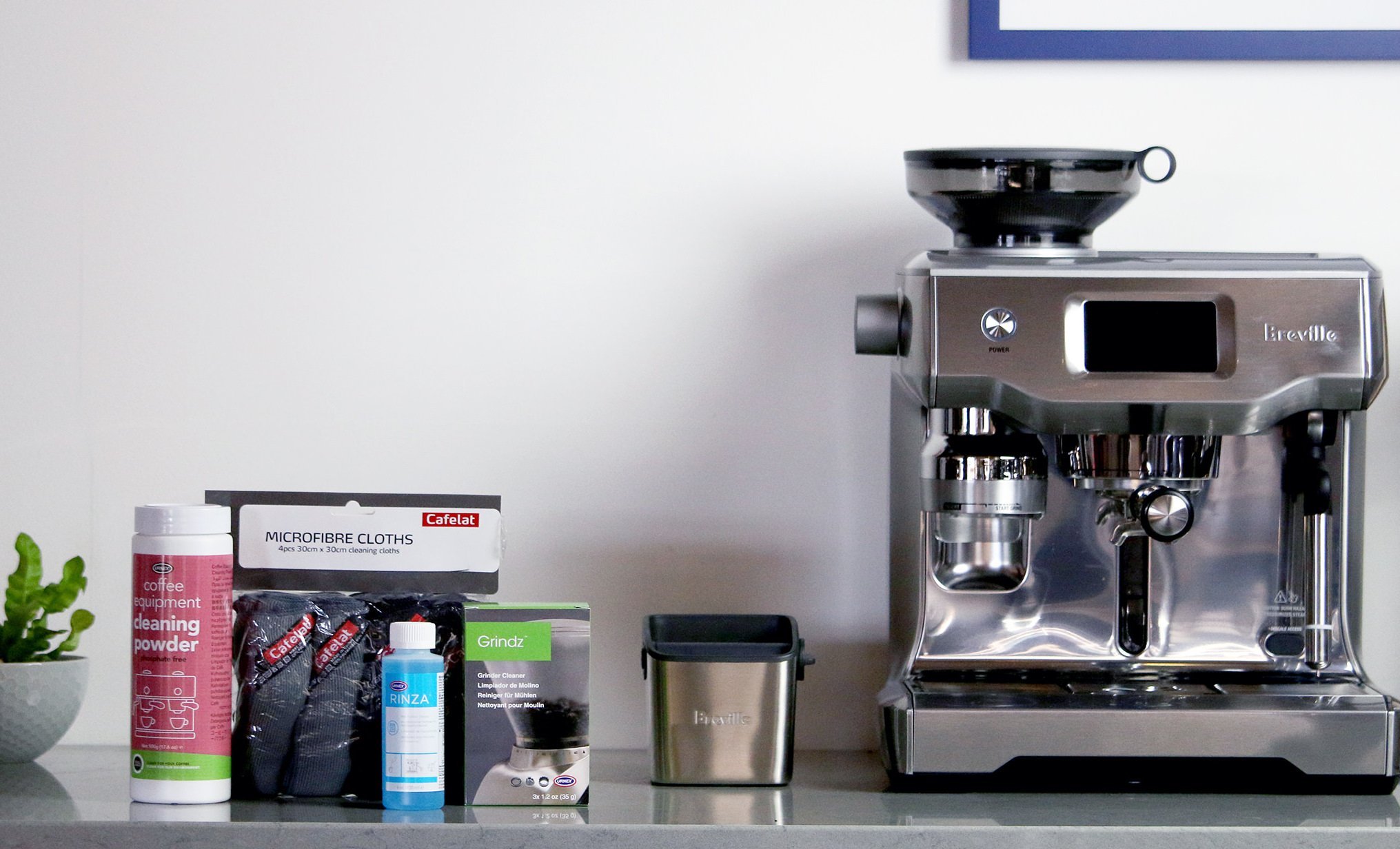
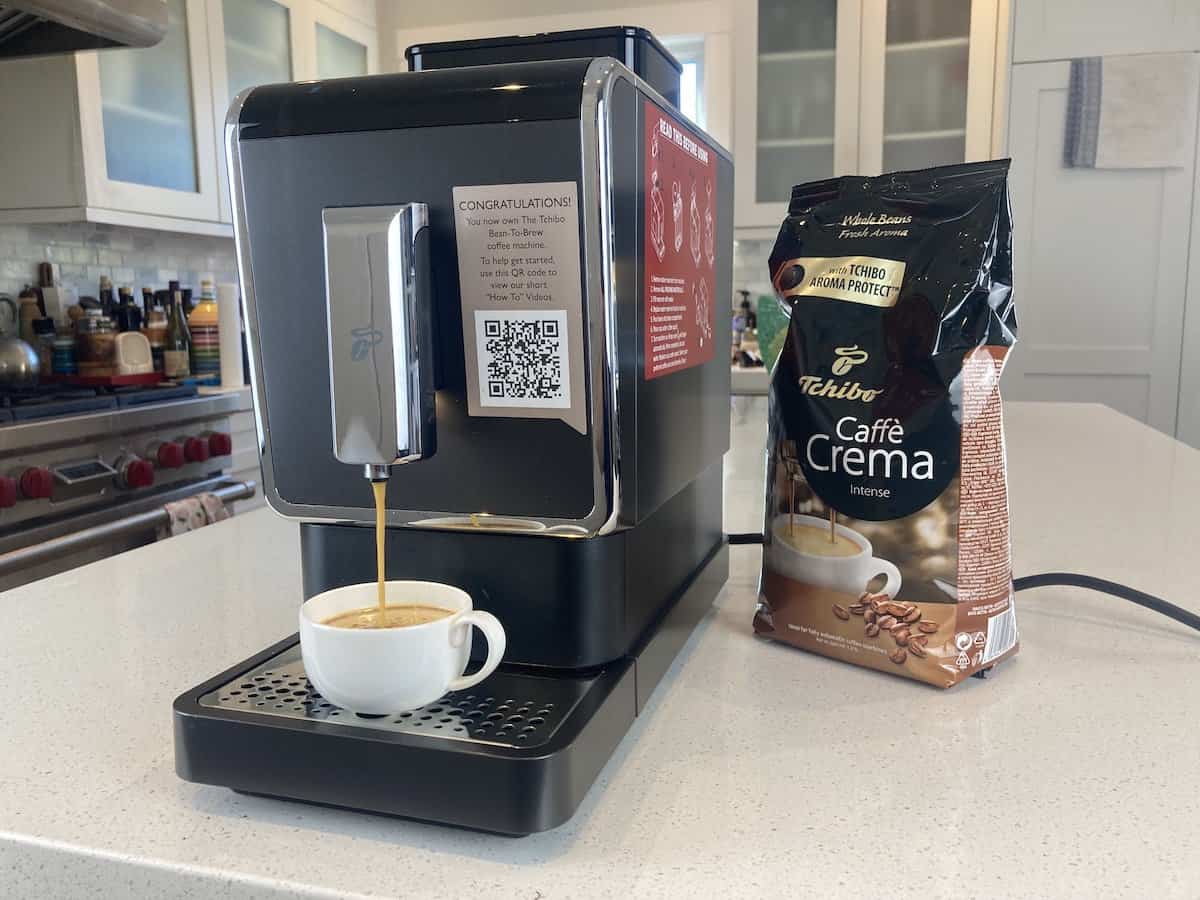
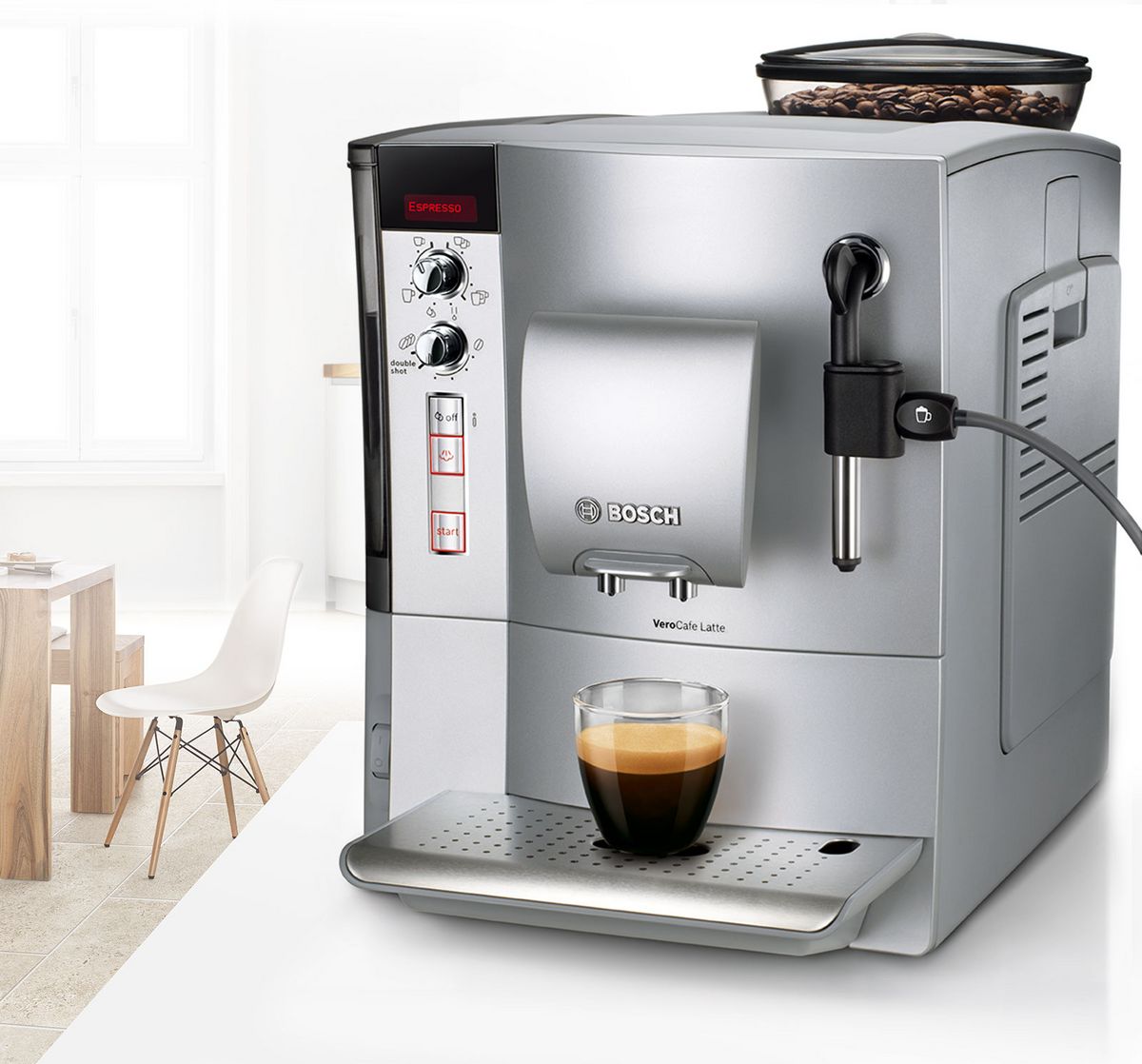
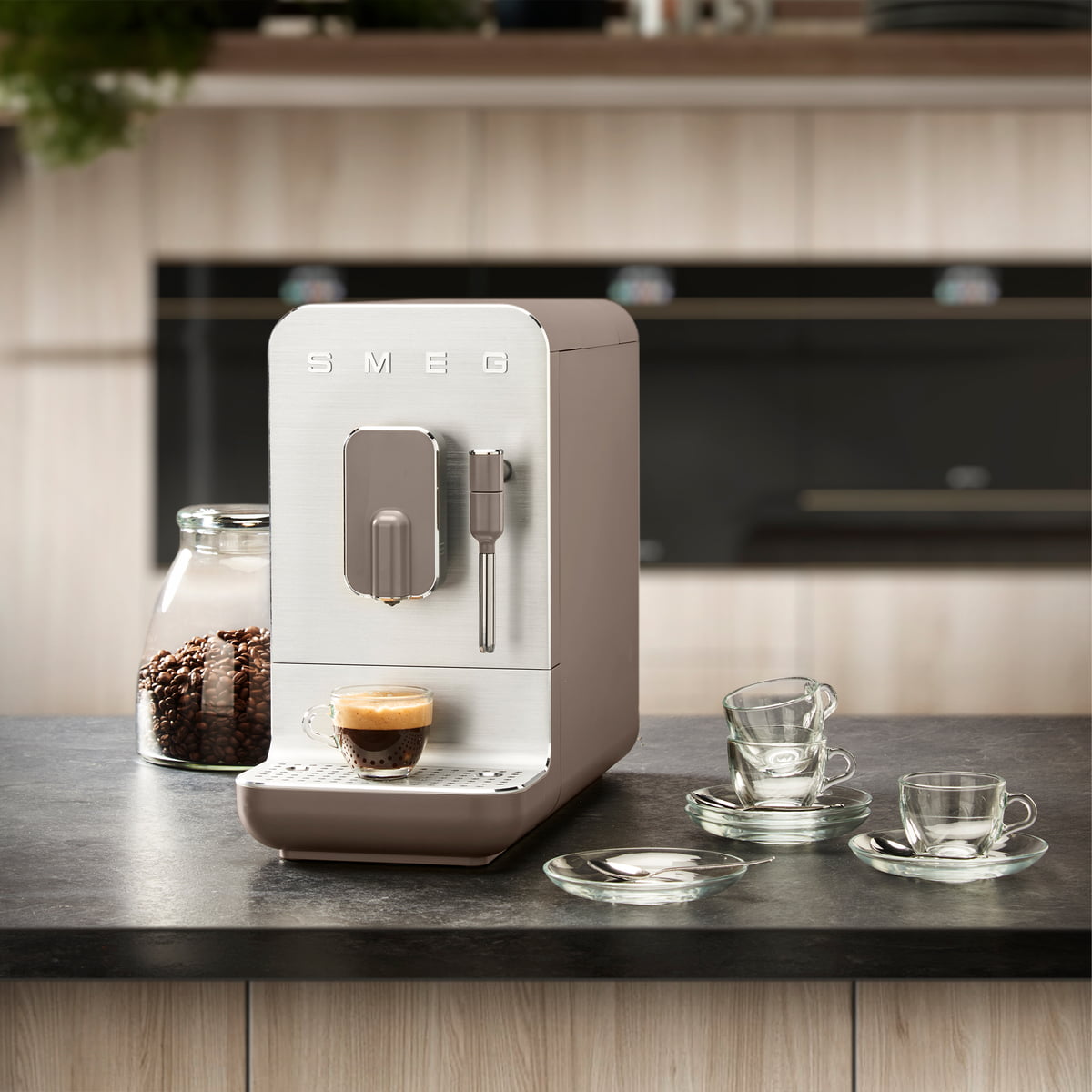
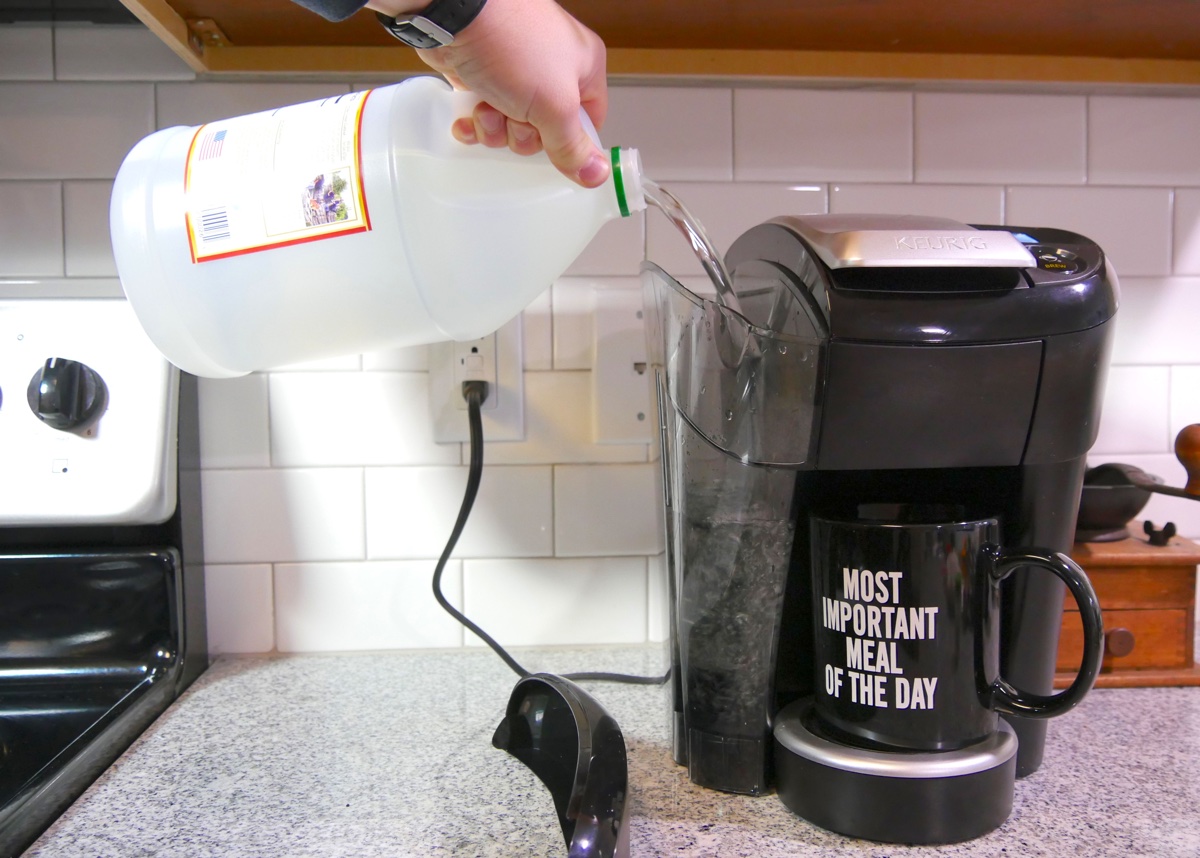
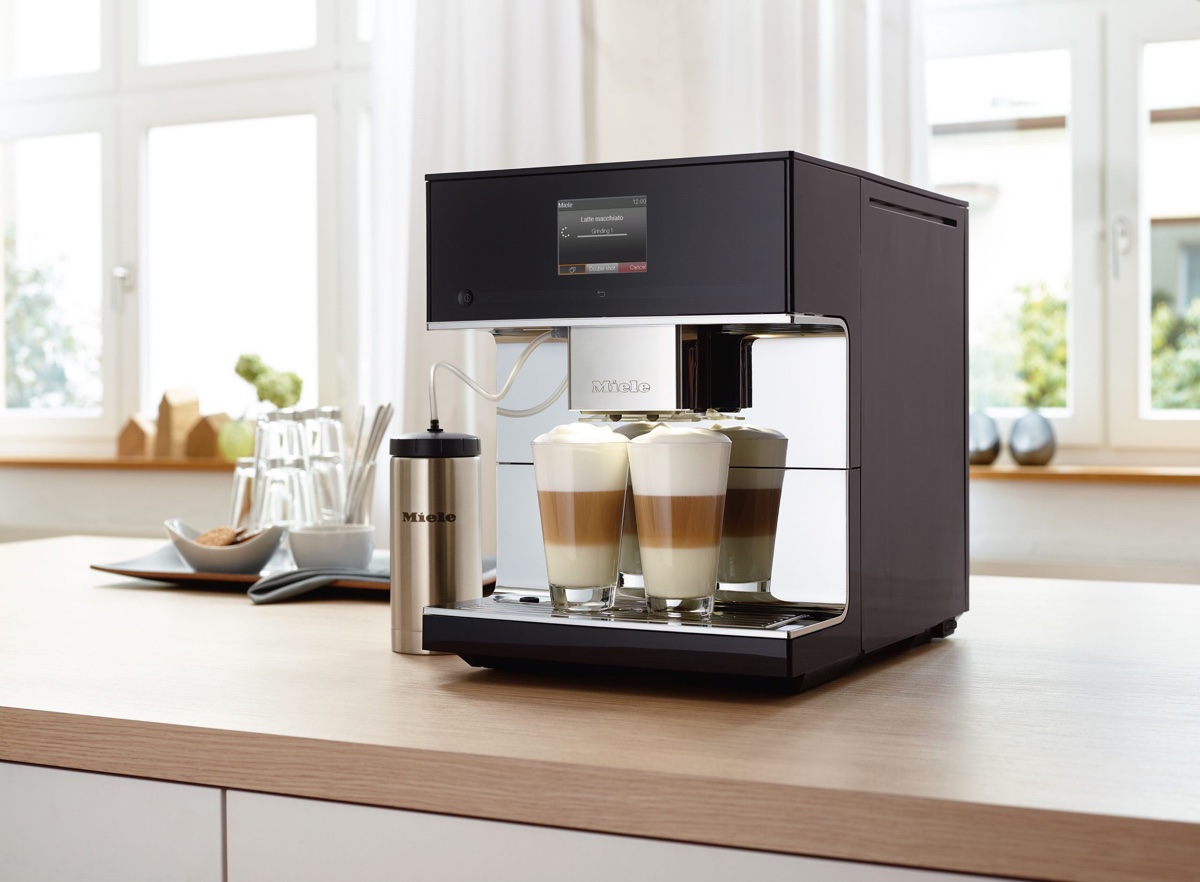

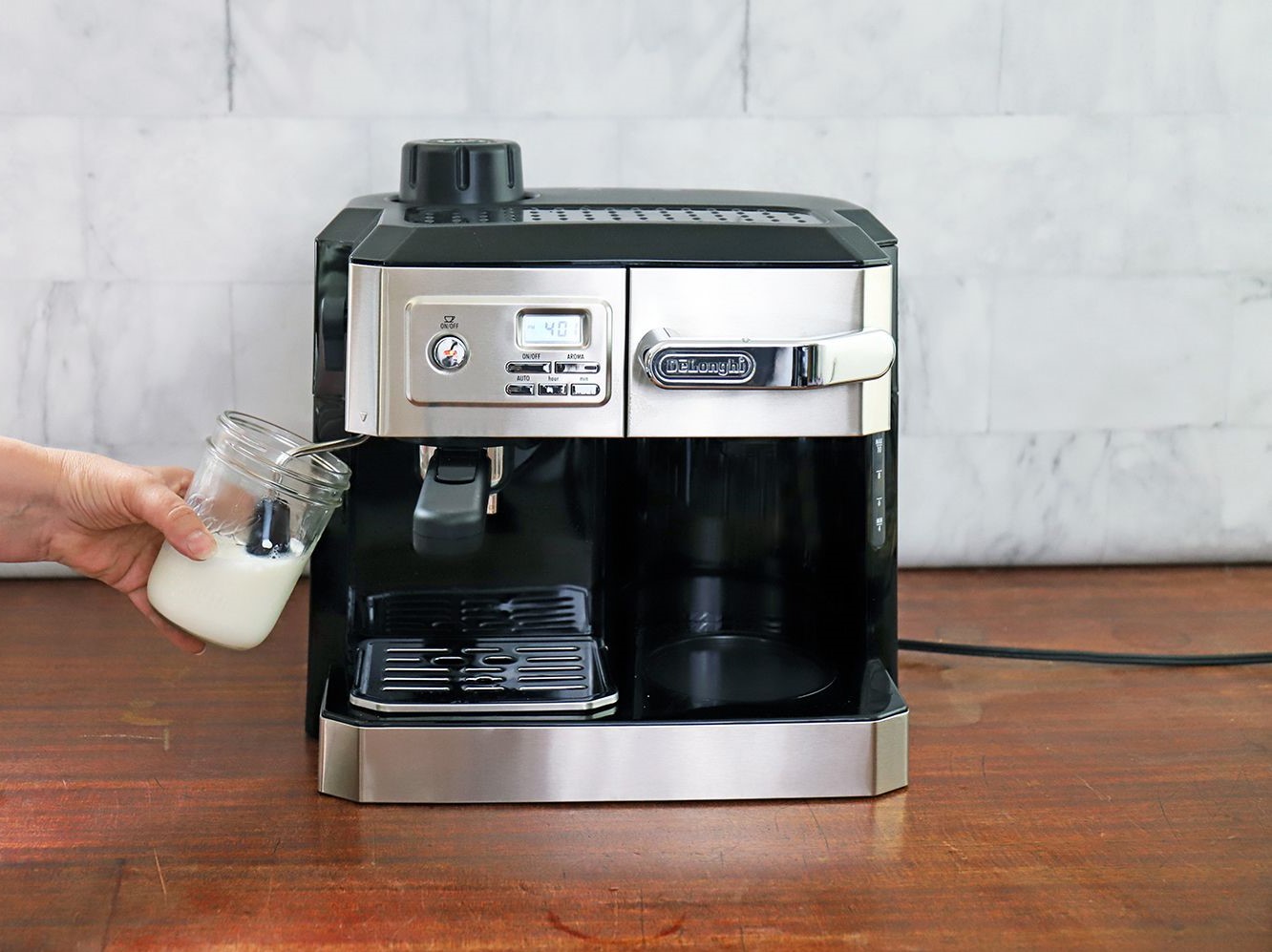
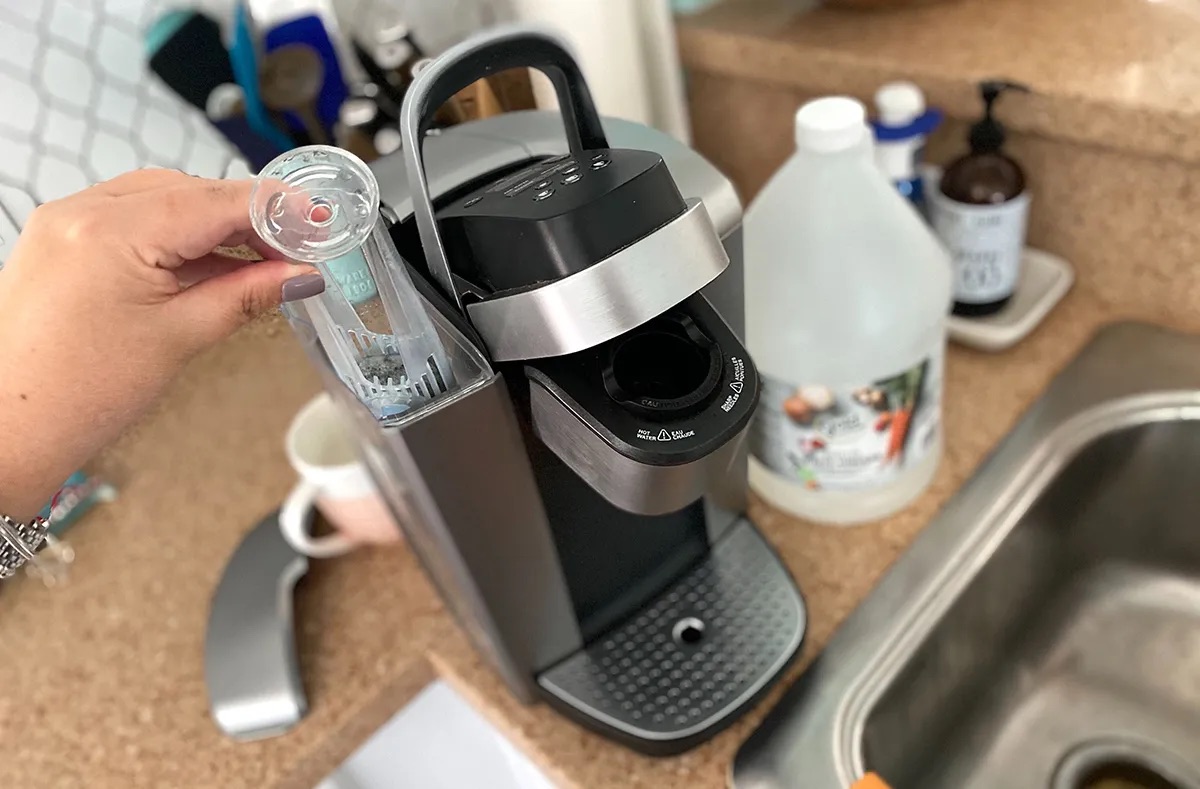

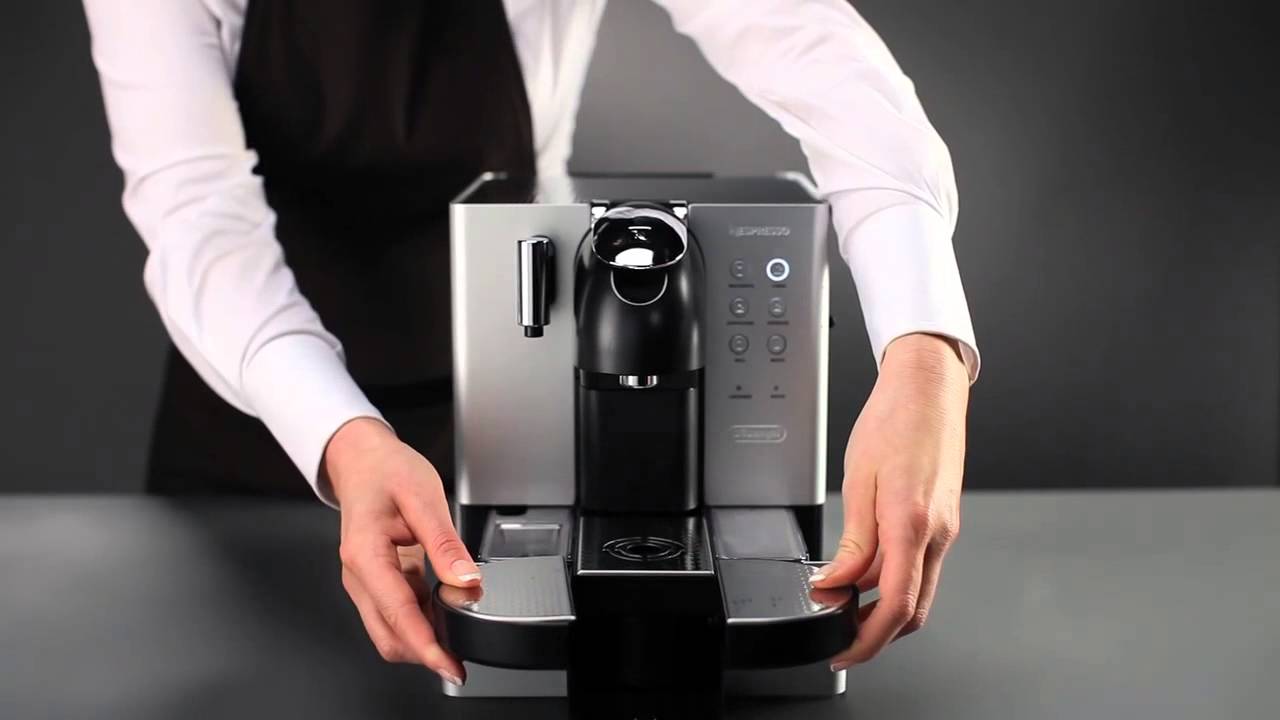
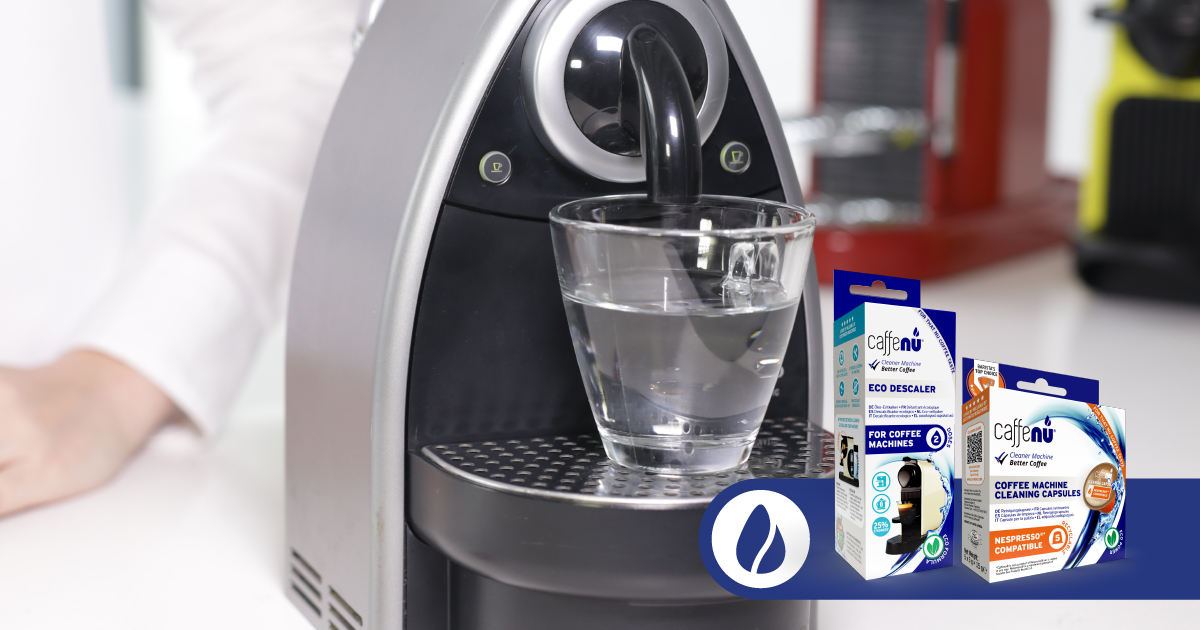
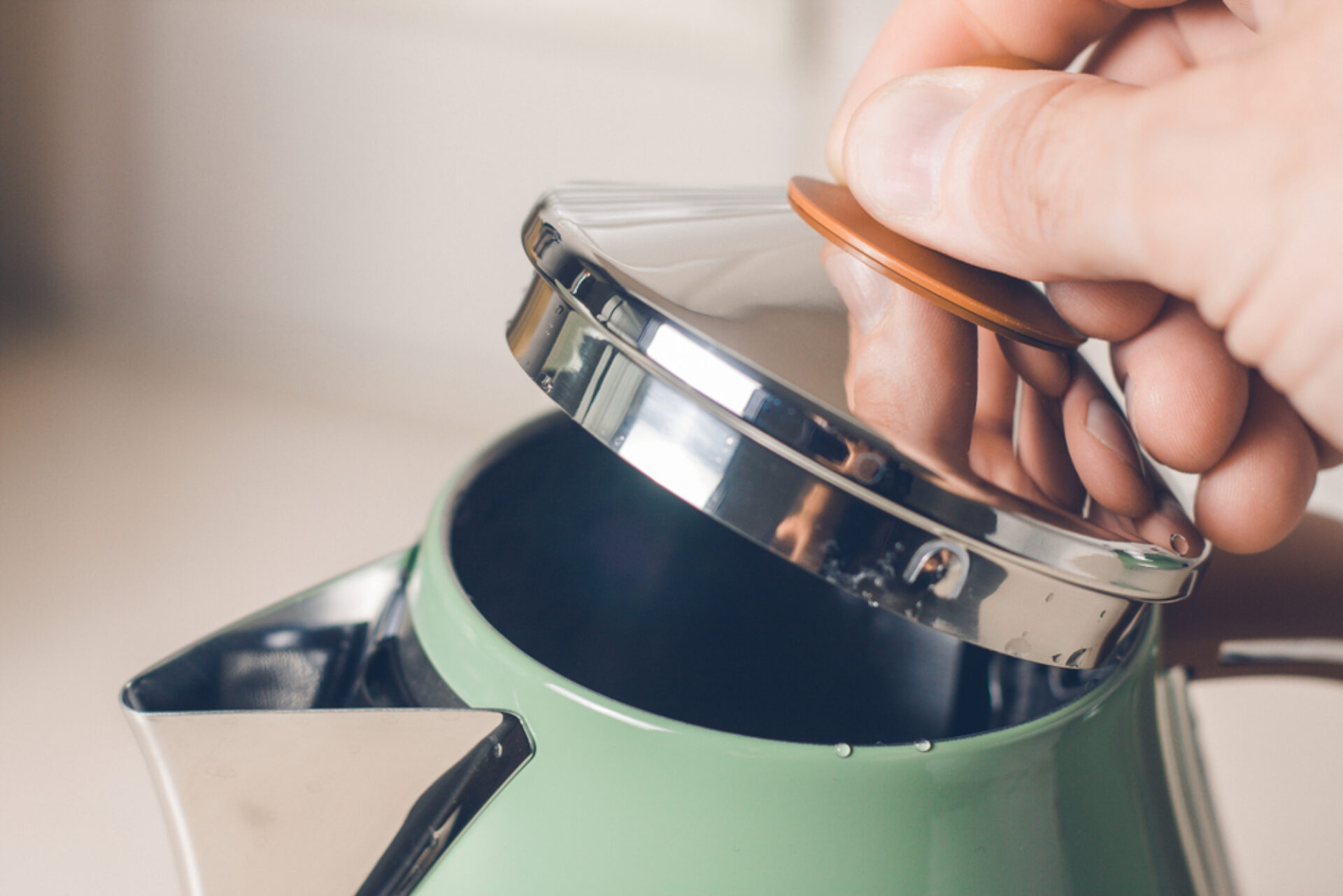
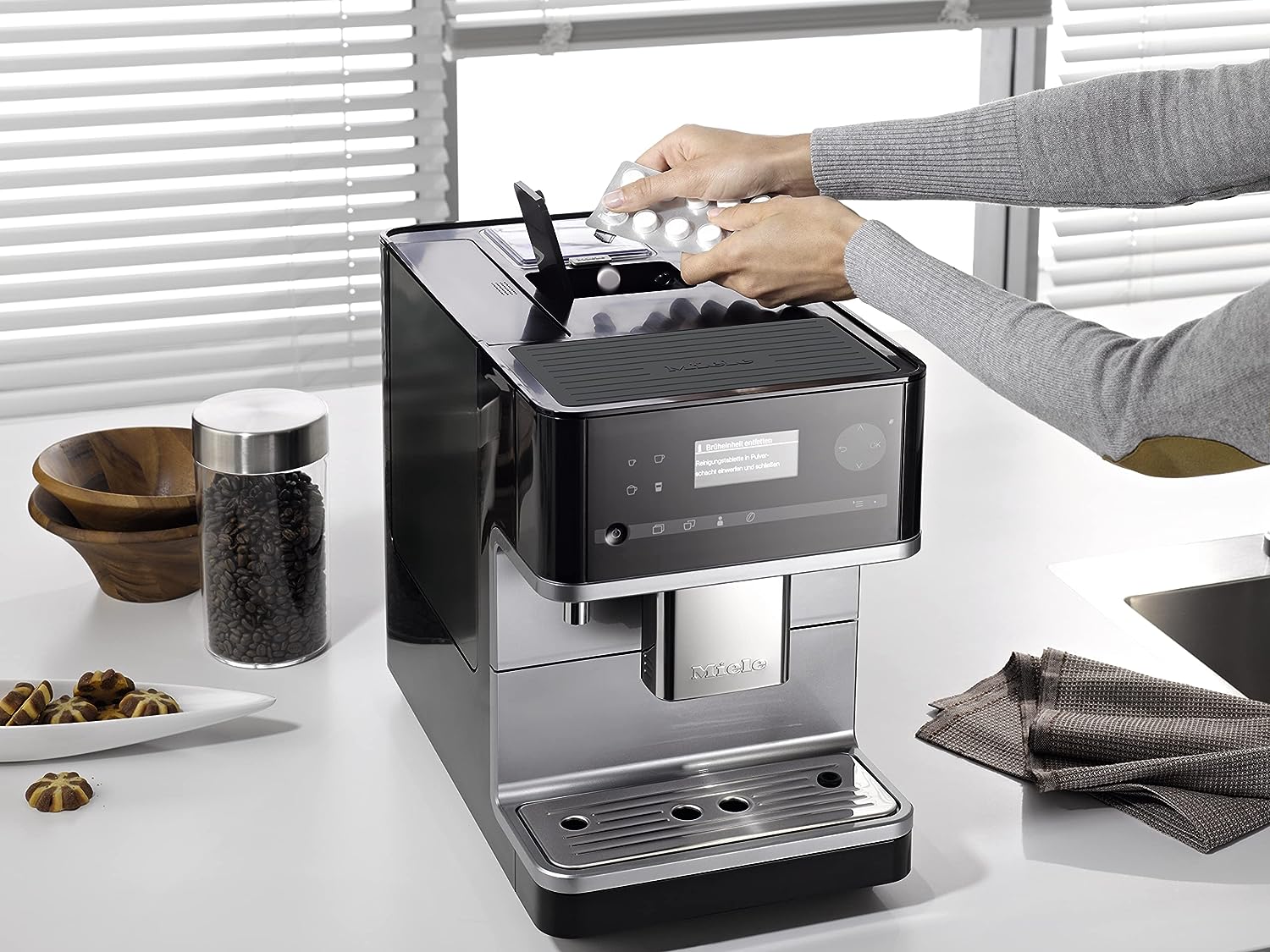

0 thoughts on “How Often Descale Coffee Machine”